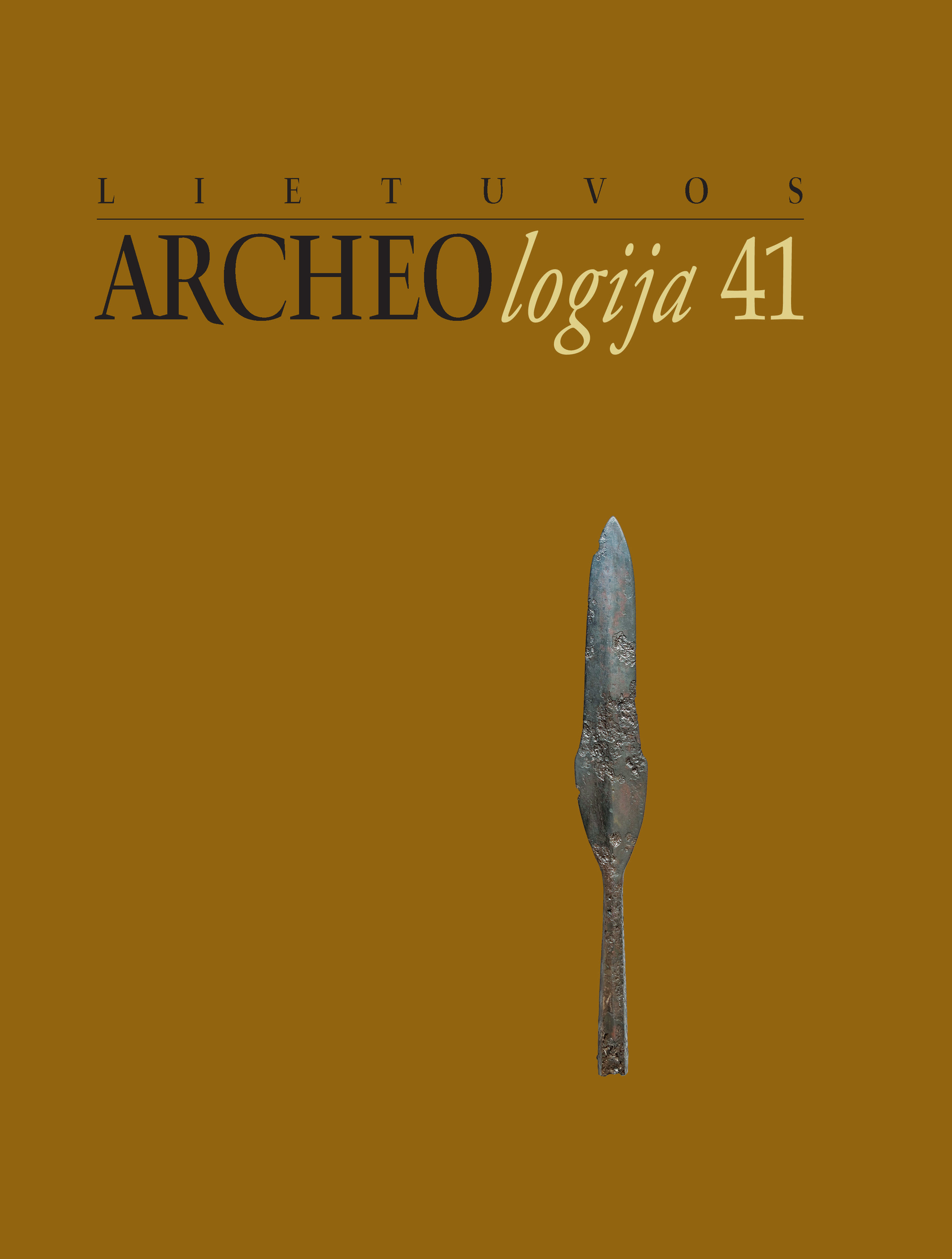Volume 41, Issue 1 (2015): Lietuvos archeologija, September 2015

Order by:
Pub. online: 18 Feb 2025
Type: Introduction
 Open Access
Open Access
Pub. online: 18 Feb 2025
Type: Article
 Open Access
Open Access
Abstract
Pub. online: 18 Feb 2025
Type: Article
 Open Access
Open Access
Abstract
Pub. online: 18 Feb 2025
Type: Article
 Open Access
Open Access
Abstract
Pub. online: 18 Feb 2025
Type: Article
 Open Access
Open Access
Abstract
Pub. online: 18 Feb 2025
Type: Article
 Open Access
Open Access
Abstract
Pub. online: 18 Feb 2025
Type: Article
 Open Access
Open Access
Abstract
Pub. online: 18 Feb 2025
Type: Article
 Open Access
Open Access
Abstract
Pub. online: 18 Feb 2025
Type: Review
 Open Access
Open Access
Pub. online: 18 Feb 2025
Type: Review
 Open Access
Open Access